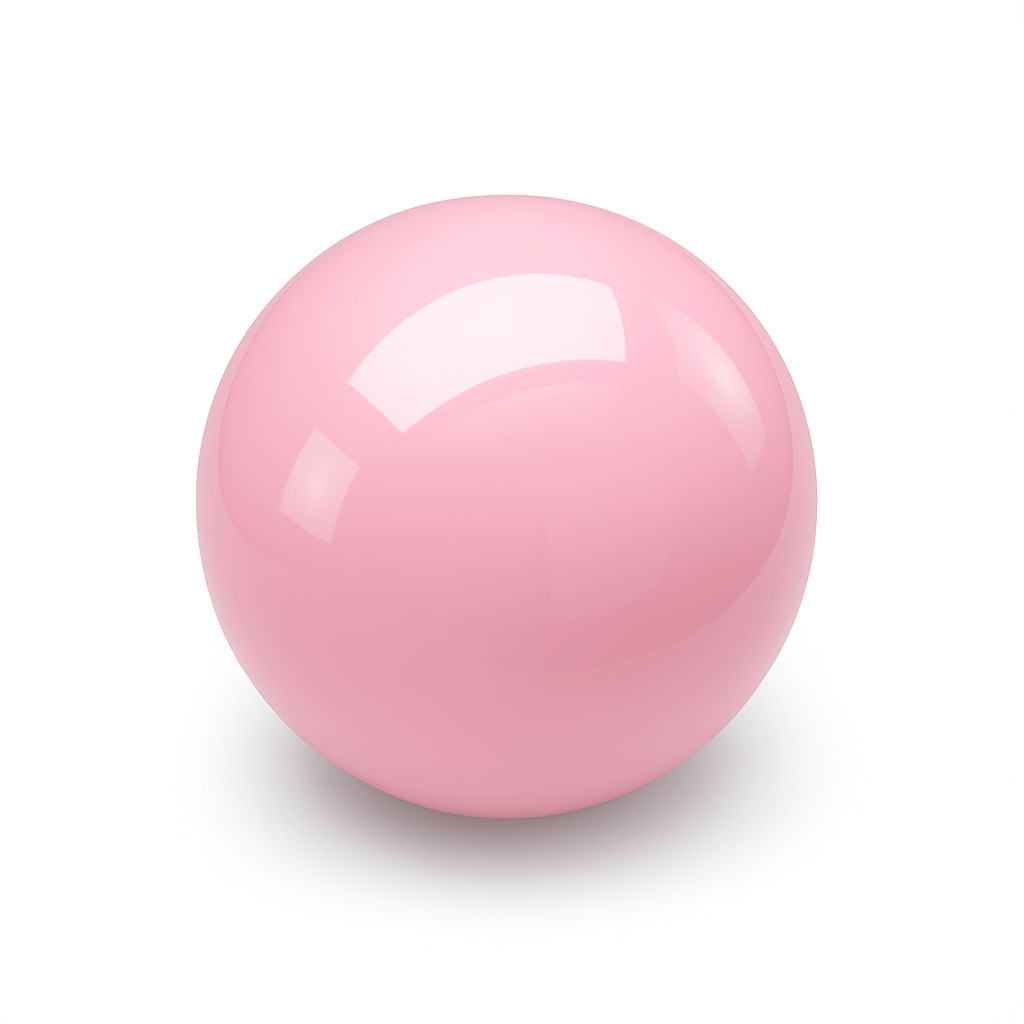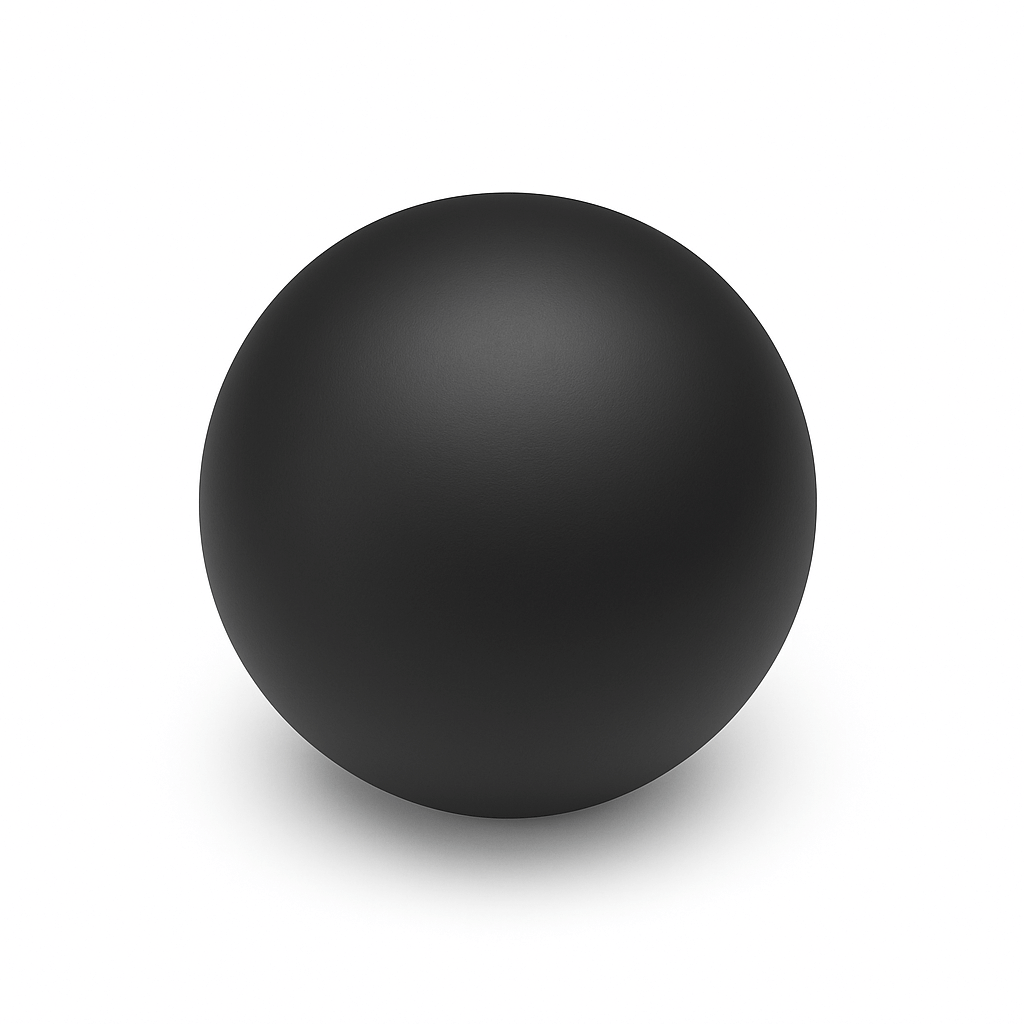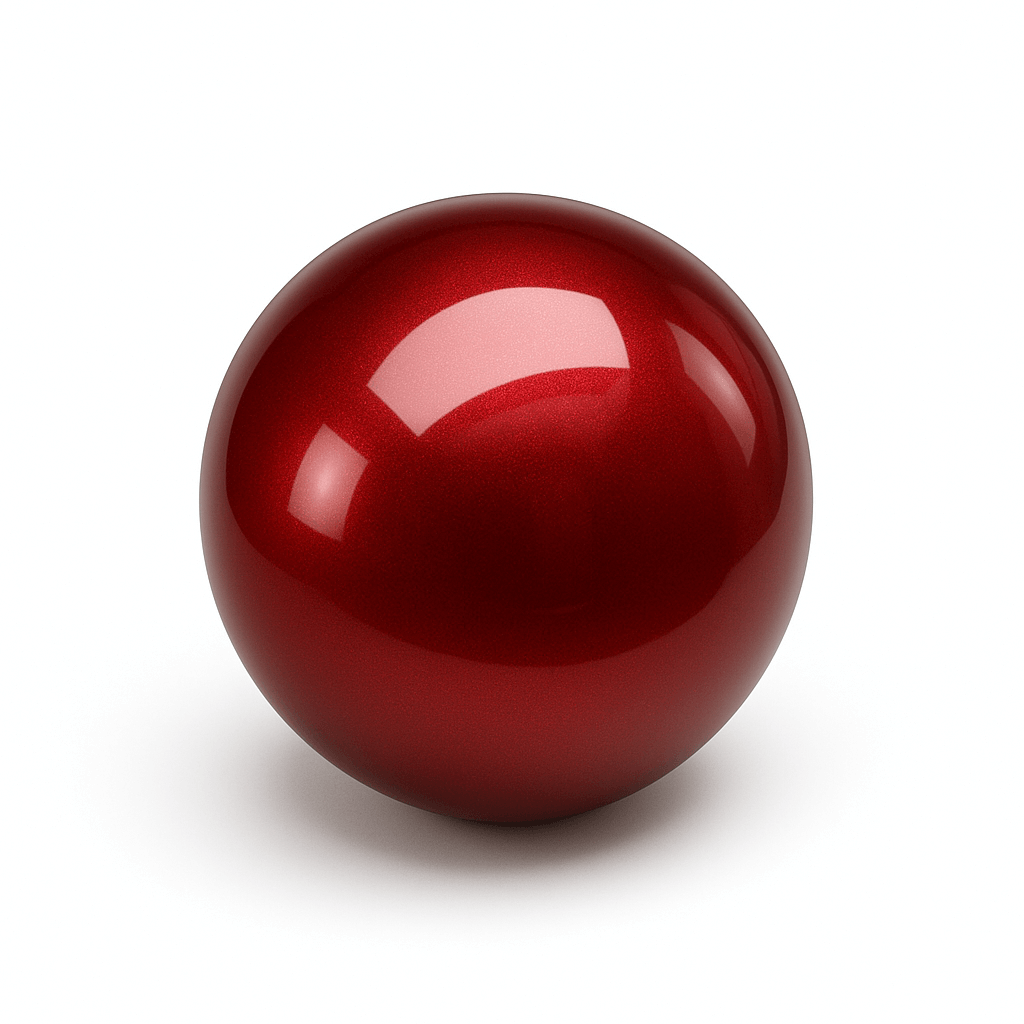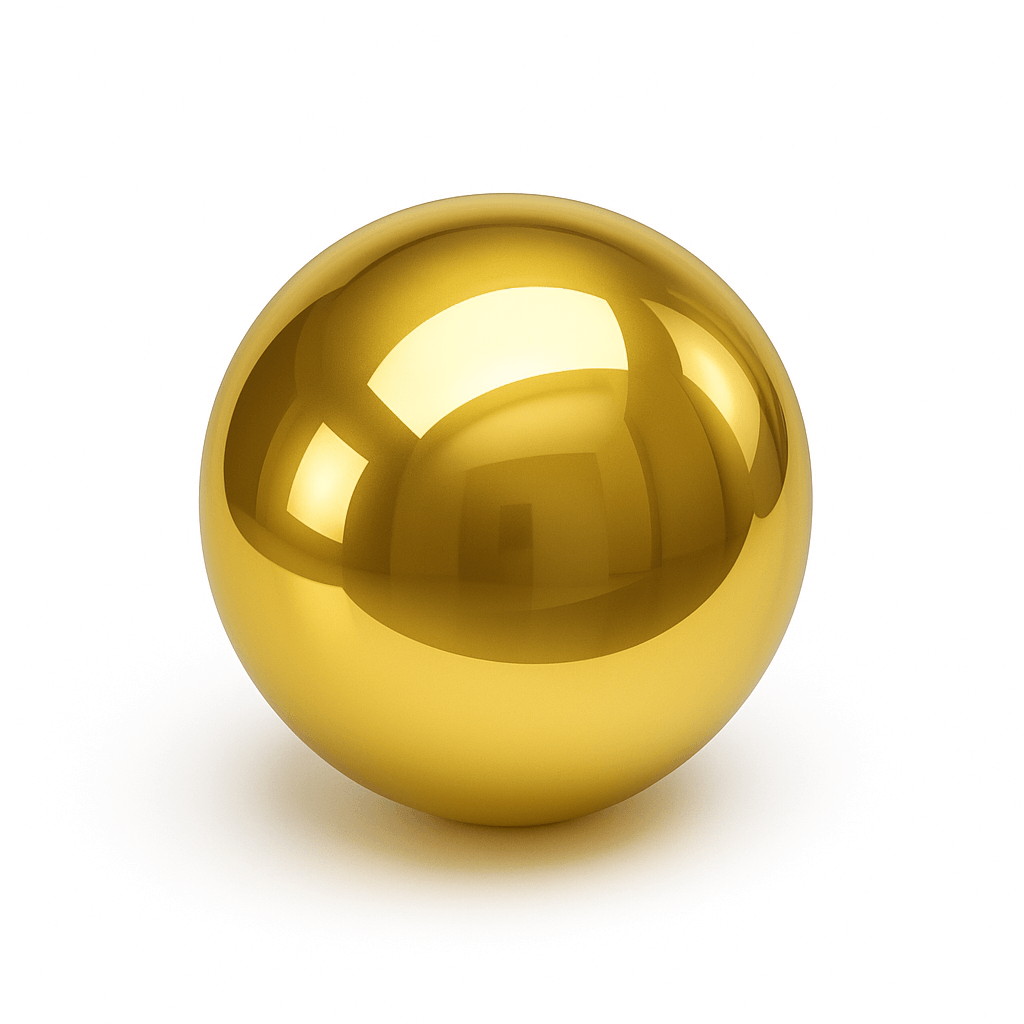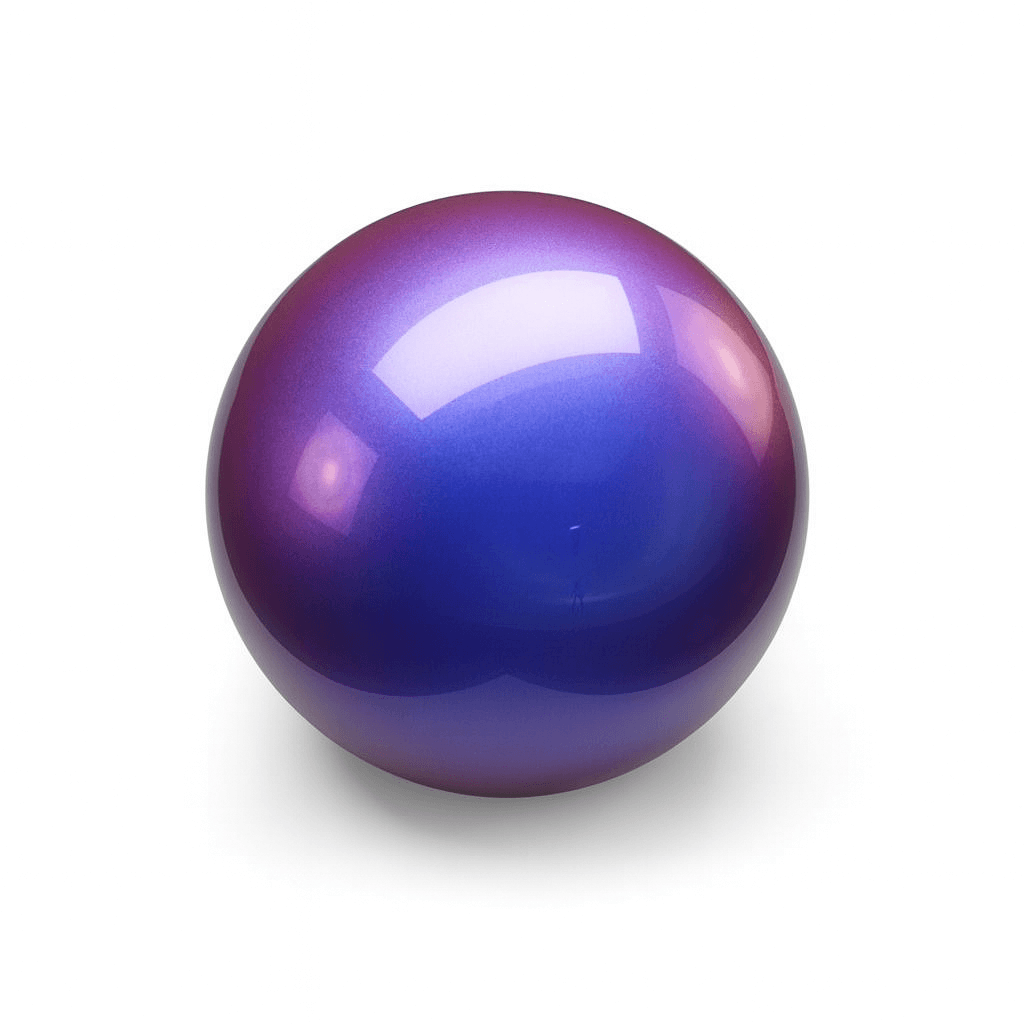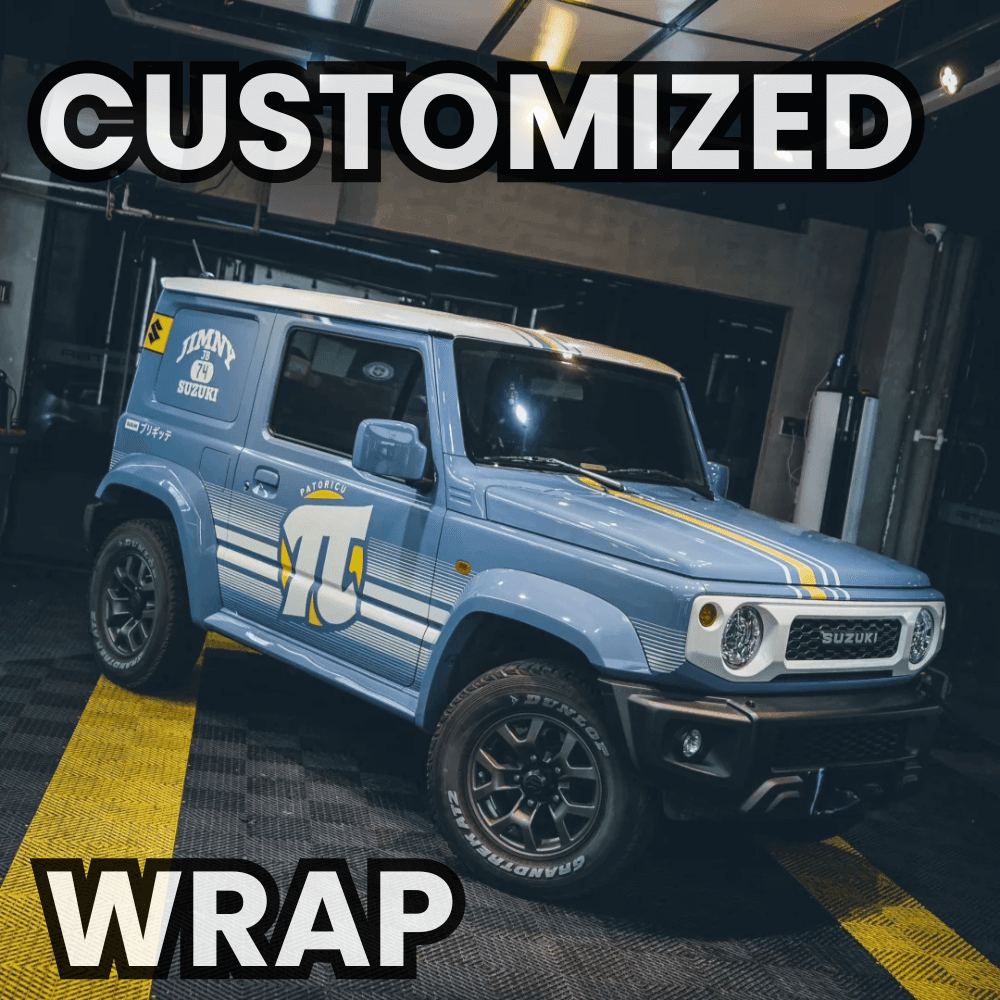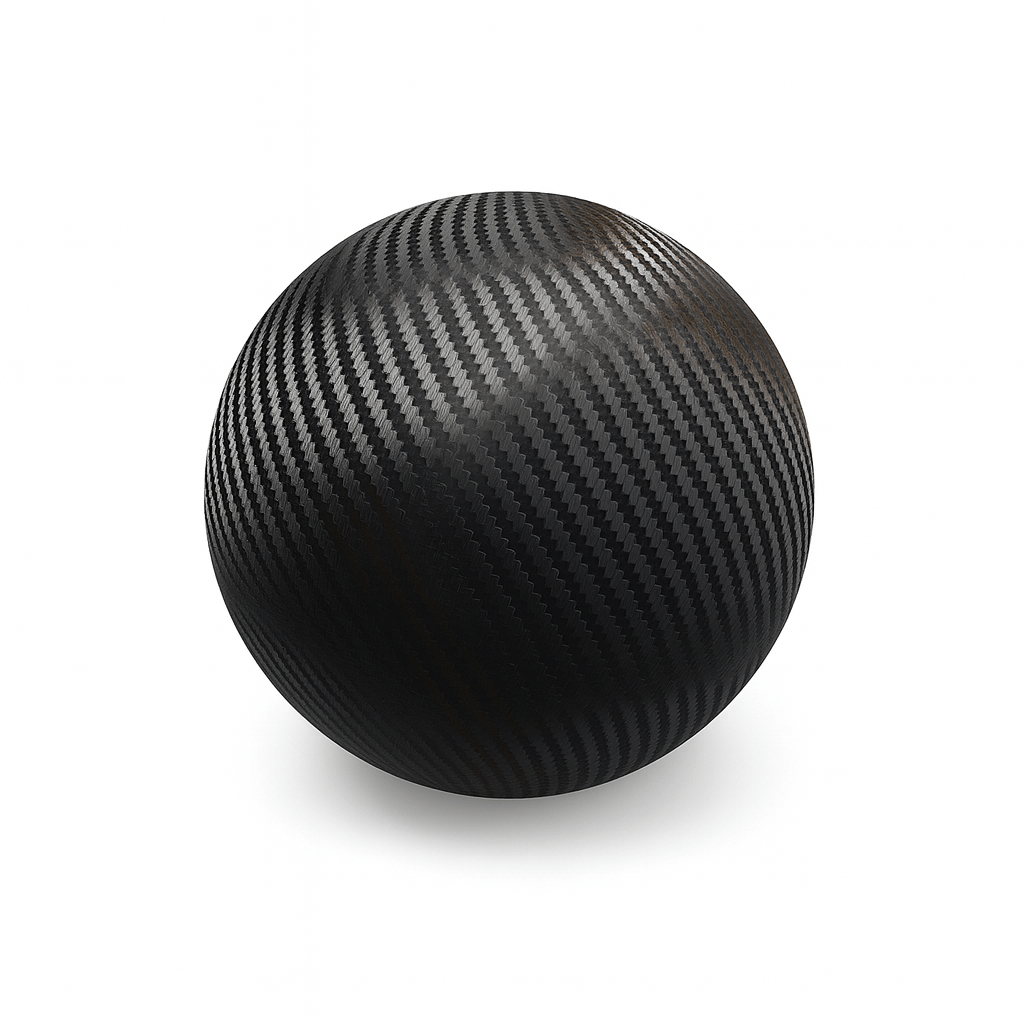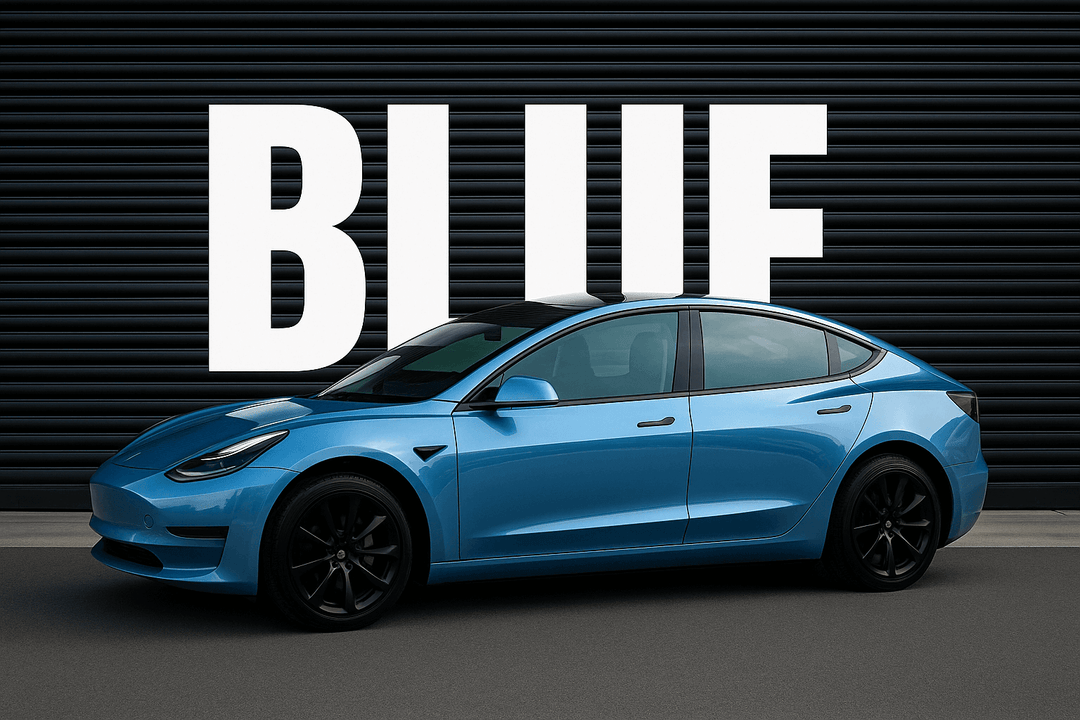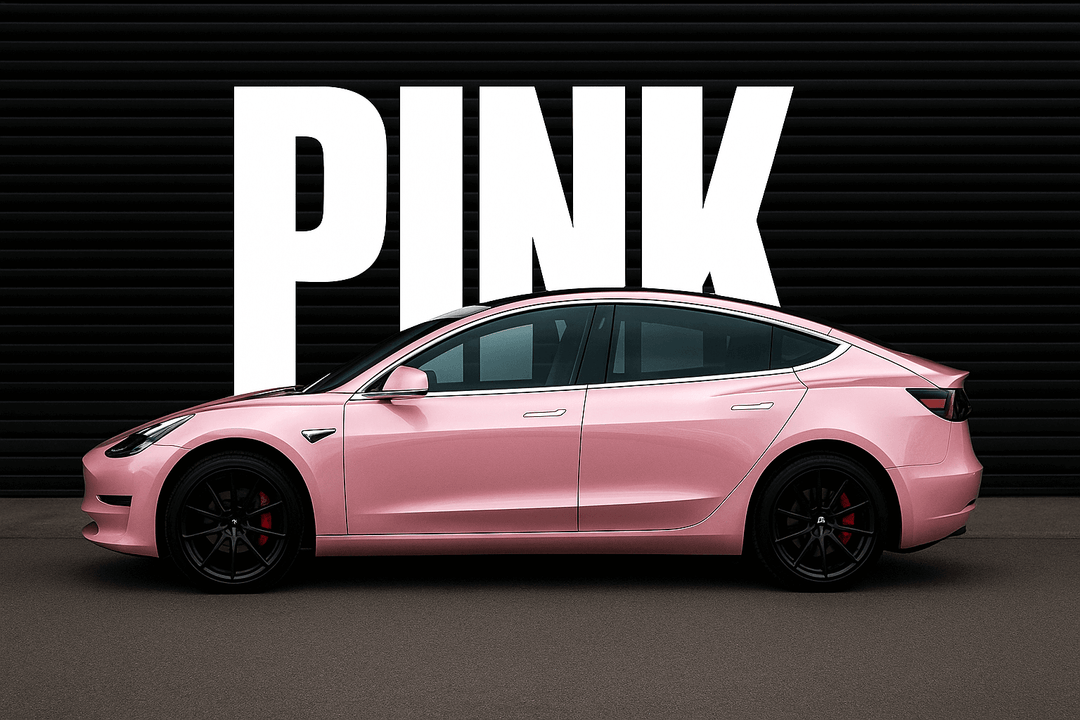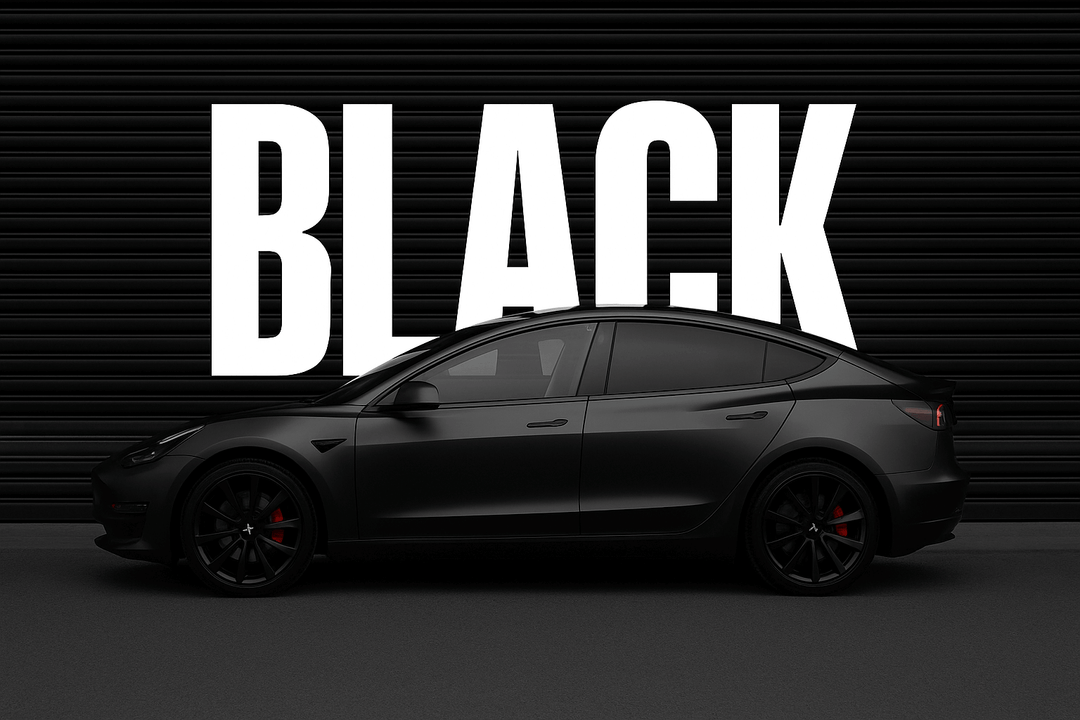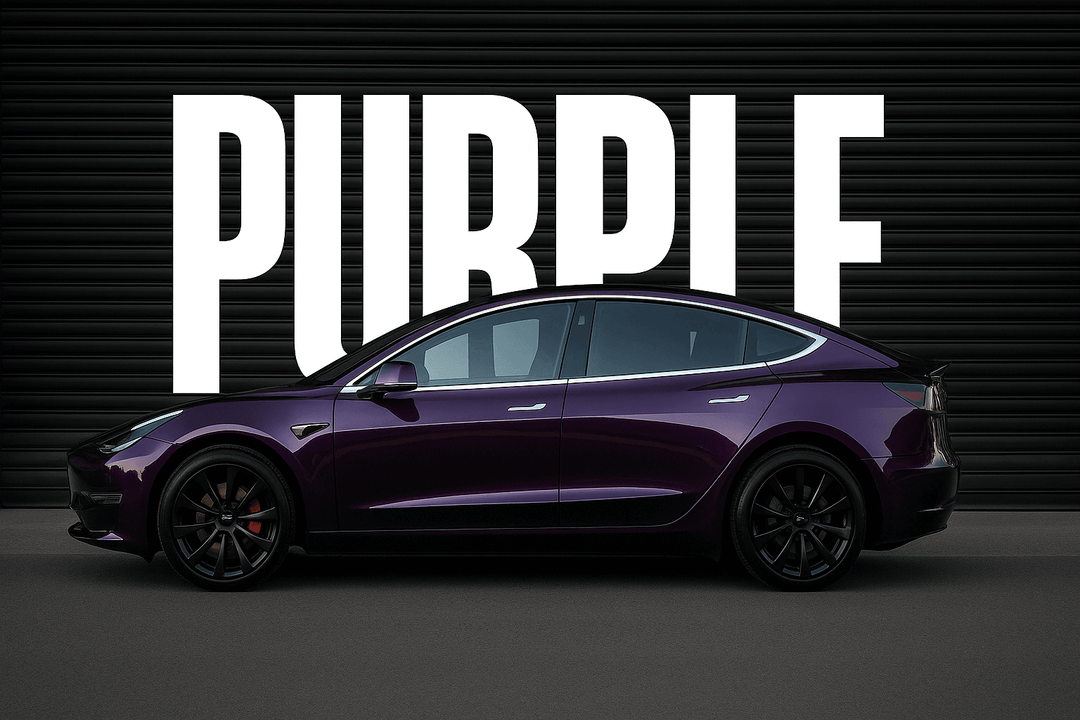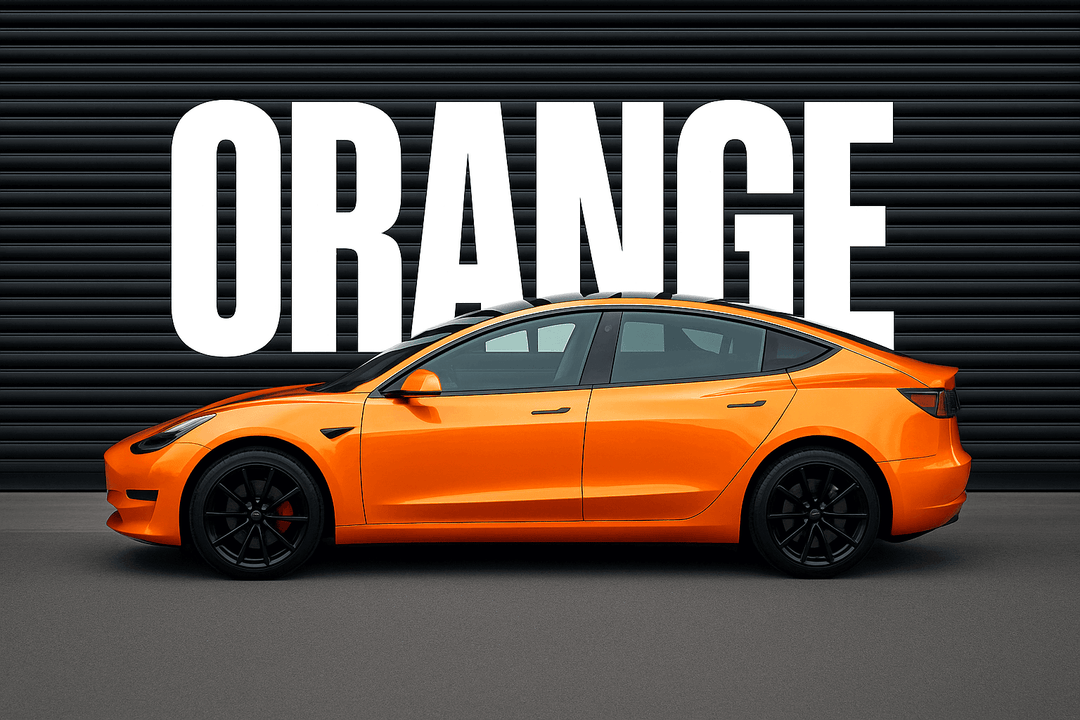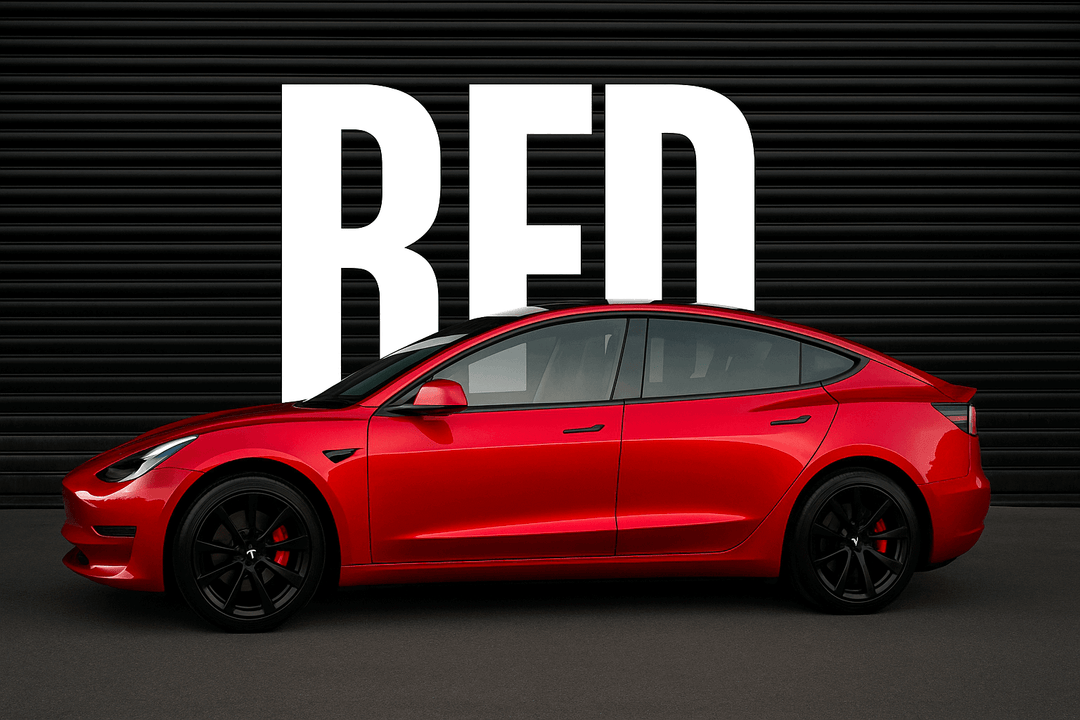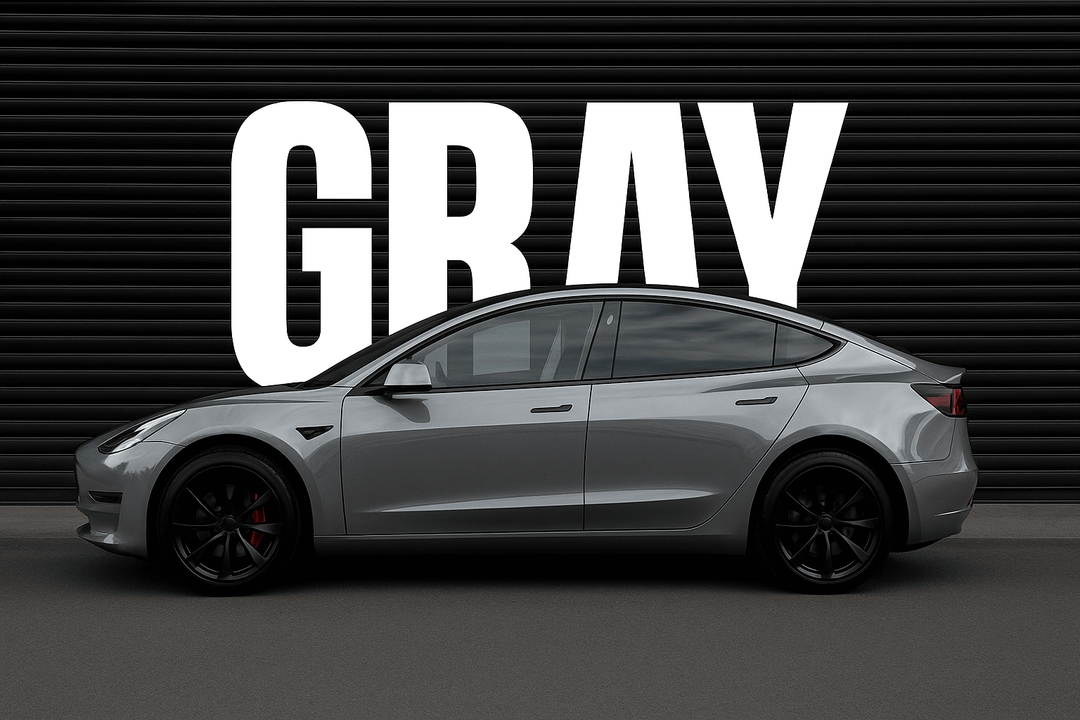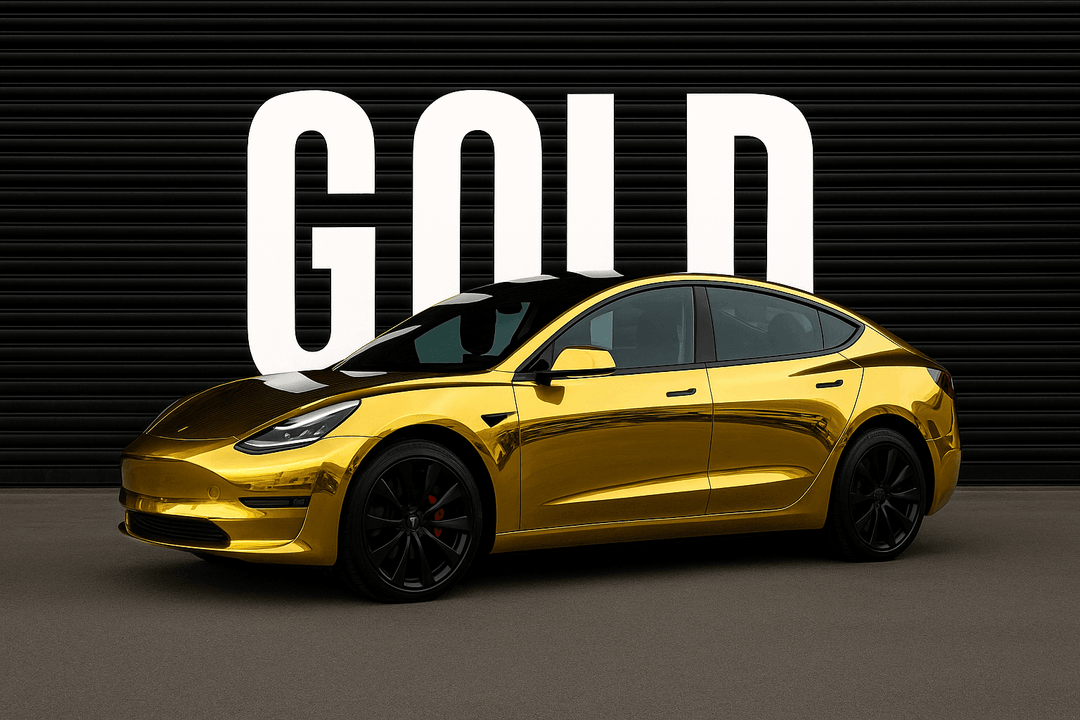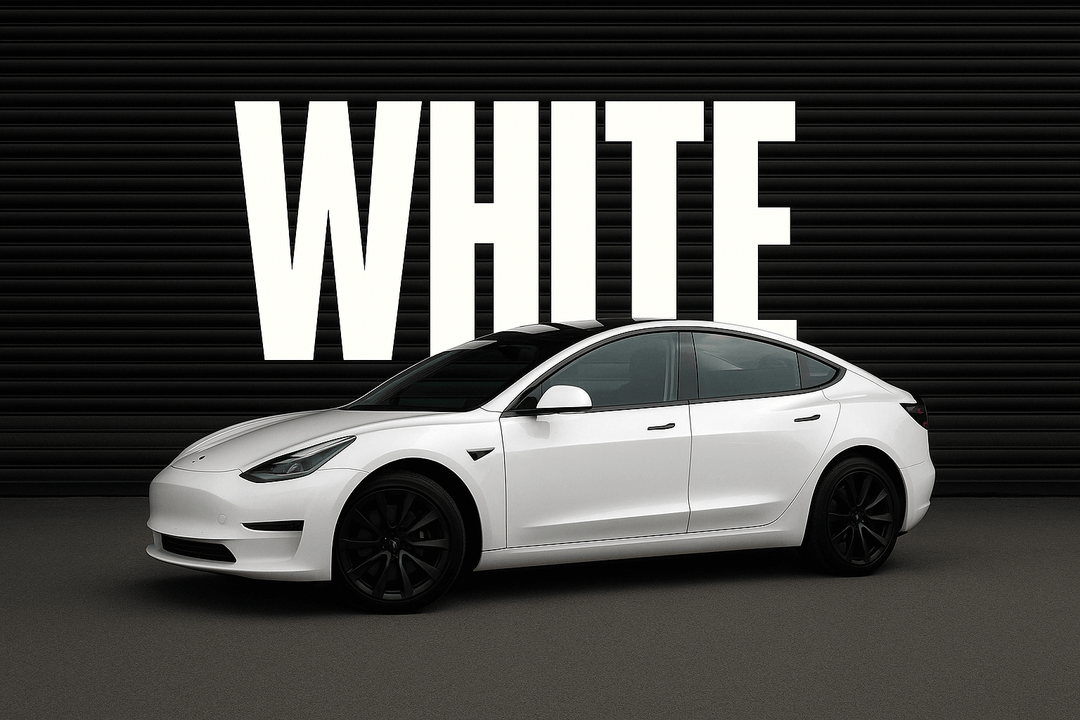Clear Wraps for Cars
If you’re looking for a way to protect your car’s paint without altering its original look, clear vinyl wraps are one of the smartest investments you can make. Designed to be virtually invisible, a transparent film serves as a durable shield against the many elements that can damage your vehicle’s finish over time.
Also known as Paint Protection Film (PPF), a clear wrap is a thin, transparent layer applied to the surface of your car. Its primary job is to defend your paint from common threats such as harsh sunlight, water spots, bird droppings, minor scratches, scuffs, and road debris. Unlike colored vinyl wraps, clear wraps don’t change the appearance of your vehicle—they simply preserve the color and shine you already have.
Whether you drive a brand-new car or a cherished older model, applying a clear wrap can help maintain its showroom finish and long-term value. In this guide, we’ll explore everything you need to know about clear car wraps, including how they work, the different types available, pricing, installation options, and how to maintain them. If your goal is long-lasting paint protection with an invisible finish, this is the place to start.

Benefits of Your Car Wrapping Clear Vinyl Film
If you've just bought that shiny new car, it's completely natural to feel anxious about maintaining its pristine exterior for as long as possible. The answer to your worries is clear wrap. Once you have it installed, you can relax and enjoy your vehicle without stress.
1. Protects Your Paint from Everyday Damage
A clear wrap acts as a barrier between your car’s paint and the hazards of the road. It helps shield the surface from stone chips, scratches, bug splatter, tree sap, bird droppings, and road debris. These small threats might seem harmless at first, but over time, they can dull your finish and lead to expensive paint repairs. With a clear wrap in place, your car’s paint stays smooth, unblemished, and protected.
2. Guards Against UV and Sun Damage
Prolonged exposure to sunlight can cause oxidation and fading, especially in vibrant paint colors. Clear wraps are designed to block harmful UV rays, preserving your car’s color and gloss. It is particularly valuable in sunny climates where UV exposure is constant. With a clear wrap, you can enjoy a lasting shine without worrying about yellowing, chalking, or premature paint fading.
3. Self-Healing Surface Technology
One of the standout features of clear vinyl film is self-healing capability. The top layer of the film is engineered to absorb minor scratches and swirl marks with exposure to heat, which means small imperfections virtually disappear on their own, keeping the wrap looking smooth and flawless without constant maintenance.
4. Water and Stain Resistance
Clear wraps also offer a hydrophobic surface that resists water, mud, and stains. Rainwater, hard water deposits, and wet road conditions have a much harder time clinging to a properly wrapped car. This not only keeps your vehicle looking cleaner for longer but also simplifies the washing process.
5. Long-Lasting and Removable
With proper care, a high-quality clear wrap can last anywhere from 5 to 10 years, depending on environmental conditions and usage. When the wrap reaches the end of its service life, it can be removed cleanly without damaging the paint underneath. This makes clear wraps a smart long-term investment for both new and used vehicles.
6. Helps Maintain Resale Value
Clear wraps keep your paint looking like new, which directly contributes to higher resale or trade-in value. Prospective buyers often view original, blemish-free paint as a strong indicator of a well-kept vehicle.
7. Cost-Effective in the Long Run
While the upfront cost of a clear wrap may seem like an added expense, it often saves money over time by reducing the need for paint correction, touch-ups, or full resprays.
The Downside of Clear Car Wraps
While clear wraps offer impressive benefits for preserving your vehicle's appearance, they are not without limitations.
1. Higher Upfront Cost
High-quality PPF is more expensive than standard vinyl wraps, and the installation process adds significantly to the total price. Cheaper clear wraps are available, but they usually offer lower durability and may degrade more quickly under environmental stress.
2. Professional Installation Required
Unlike vinyl wraps that many people install as DIY projects, clear wraps demand expert handling. The wet application process is more technical and requires precise positioning, especially for seamless coverage. If applied incorrectly, the wrap may show bubbles, stretch marks, leave behind adhesive residue, or even damage the paint.
3. Potential Impact on Original Paint
Although paint protection film is designed to safeguard your vehicle’s finish, aging or poorly maintained wraps can cause issues. If a clear wrap is left on the car beyond its effective lifespan, especially without proper maintenance, it may begin to yellow, harden, or bond too strongly with the paint. In some cases, removing an old or brittle wrap can cause paint chipping or peeling, particularly on repainted or thinner factory finishes.
4. Susceptible to Environmental Wear
Despite being engineered to resist damage, clear wraps are not entirely immune to the environment. Extended exposure to sunlight, rain, road salt, and air pollution can gradually affect the film’s clarity and elasticity. Over time, low-quality wraps may show signs of yellowing or clouding, especially if not cleaned or maintained regularly.
5. Maintenance Still Matters
A common misconception is that once installed, a clear wrap is completely maintenance-free. In reality, PPF requires consistent care to maintain its transparency and performance. Neglecting to wash off contaminants or protect the surface from prolonged UV exposure can reduce the film’s lifespan and effectiveness.
Maintenance Tips for Clear Wraps
While clear vinyl wrap itself is durable, neglect or improper cleaning methods can reduce its lifespan and clarity. Follow the maintenance tips below to help you preserve your clear wrap and extend its effectiveness.
1. Let the Wrap Cure Before Washing
After installation, your clear wrap needs time to settle and bond with the surface. Allow at least 48 hours for the film to cure before exposing it to water, soaps, or physical contact. In colder or humid climates, this curing period may take longer. Avoid driving, washing, or even touching the wrapped surface during this time to prevent lifting or bubbling.
2. Wash Gently with pH-Neutral Soap
Regular washing helps prevent dirt buildup and keeps the film looking clean and clear. Use a pH-neutral car shampoo and lukewarm water to avoid harsh reactions that could degrade the film’s surface. Always wash with a soft microfiber mitt, working from top to bottom, and avoid applying excessive pressure.
3. Avoid Abrasive Tools and Harsh Chemicals
Never use stiff brushes, sponges, or abrasive pads on a clear wrap. These can scratch or dull the film’s surface. Avoid using strong degreasers, solvent-based cleaners, or alcohol-based products for routine cleaning. If needed, spot clean sap, bug splatter, or bird droppings using a diluted isopropyl alcohol solution and a soft cloth.
4. Dry With Care
After washing, use a clean, soft microfiber towel to dry the wrap by gently blotting or sweeping. This prevents water spots and reduces the chance of swirl marks. Avoid air-drying, especially in sunny or dusty conditions, as it may leave mineral deposits or attract debris to the wet surface.
5. Consider a Ceramic Coating
To enhance the wrap’s performance, consider applying a ceramic coating specifically designed for PPF. This adds a hydrophobic layer that repels water, dirt, and contaminants more effectively. It also makes washing easier and helps the wrap maintain its gloss or satin finish for a longer period.
6. Avoid Automatic Car Washes with Brushes
Avoid automatic car washes that use spinning brushes or harsh mechanical systems. These can scratch the surface of your clear wrap and compromise the film’s edge adhesion. If you must use a car wash, opt for touchless or brushless systems that rely on water pressure and foam to clean.
7. Perform Spot Cleaning As Needed
Clear wraps are vulnerable to environmental contaminants like bird droppings, dead insects, and tree sap. These should be cleaned immediately using a soft cloth and a gentle cleaner. Leaving them on the surface for too long can cause stains or discoloration. Also, be cautious during fueling to avoid gasoline spills, which can damage the wrap over time.
Difference Between Paint Protection Film and Vinyl Wrap
Although clear wrap and vinyl wrap may seem similar in application, they serve very different purposes and are made from distinct materials.
1. Purpose and Function
The primary difference between PPF and vinyl lies in their core function.
-
Paint Protection Film (PPF) is a clear, nearly invisible film designed specifically to protect your vehicle’s paint. Its job is to shield against scratches, rock chips, UV damage, and environmental contaminants while preserving the factory finish.
-
Vinyl wrap, on the other hand, is all about aesthetic transformation. It comes in a wide range of colors, finishes, and textures, from gloss black to matte chrome, brushed metal, and carbon fiber. Vinyl gives your vehicle an entirely new look, but it offers minimal physical protection compared to PPF.
2. Material Thickness and Durability
There is a noticeable difference in the thickness between the two materials.
-
PPF is much thicker, typically measuring between 6 to 8 mils. This added thickness helps it absorb minor impacts and resist surface damage.
-
Vinyl wrap is thinner, generally around 3 to 4 mils. It is not designed to provide physical protection but instead to deliver visual enhancement.
As a result, PPF is more durable when it comes to defending against chips, scratches, and staining, while vinyl is more vulnerable to wear and tear in high-impact areas.
3. Appearance
-
PPF is transparent and meant to be invisible once installed. It enhances the car’s natural paint color and may come in either a glossy or satin finish. It does not change the color or styling of your car, but it may add depth and shine.
-
Vinyl wrap can completely change the appearance of your vehicle. Whether you want a bold new color, racing stripes, or even a printed graphic, vinyl is the go-to choice for personalizing your car’s look.
4. Installation Process
The installation techniques differ as well.
-
Paint protection film is applied using a wet installation method. This process involves a slip solution to help position the film before it bonds with the surface. It requires precision and is often done by trained professionals due to the film’s thickness and clarity.
-
Vinyl wrap requires a dry application. The surface must be completely free of moisture or the adhesive bond may fail. Vinyl is more forgiving for DIY projects, especially for flat panels or accent areas, although professional installation is still recommended for full wraps.
5. Cost and Complexity
-
PPF installation is more complex and therefore more expensive. It involves precise cutting, wet application, and often features self-healing and hydrophobic properties.
-
Vinyl wraps are more affordable in both material and installation. They offer a budget-friendly way to restyle your vehicle, but with a lower level of protection.
The Final Word
Choosing to install a clear wrap is not just about protecting your investment; it's also about maintaining that fresh, polished look that makes your car stand out. It enhances the gloss of your original paint while keeping it safe from damage, all without changing the style or color of your vehicle.
If you're looking for a solution that offers long-term value, subtle elegance, and reliable protection, a clear wrap is one of the smartest upgrades you can make. It’s a decision that pays off every time you step back and admire the flawless finish of your well-preserved car.
Related Articles:
Vinyl Wrap vs Paint Protection Film
Does Paint Protection Film Work?
How Much Does Paint Protection Film Cost
What Is Color Paint Protection Film


